How to use an Electric Toothbrush to
Clean your Teeth
Cleaning your teeth is the cornerstone of proper oral hygiene and preventing disease. Both electrical and conventional toothbrushes, are excellent in eliminating mouth plaque that promotes decay and illness. Both electronic and traditional toothbrushes have their own set of advantages.
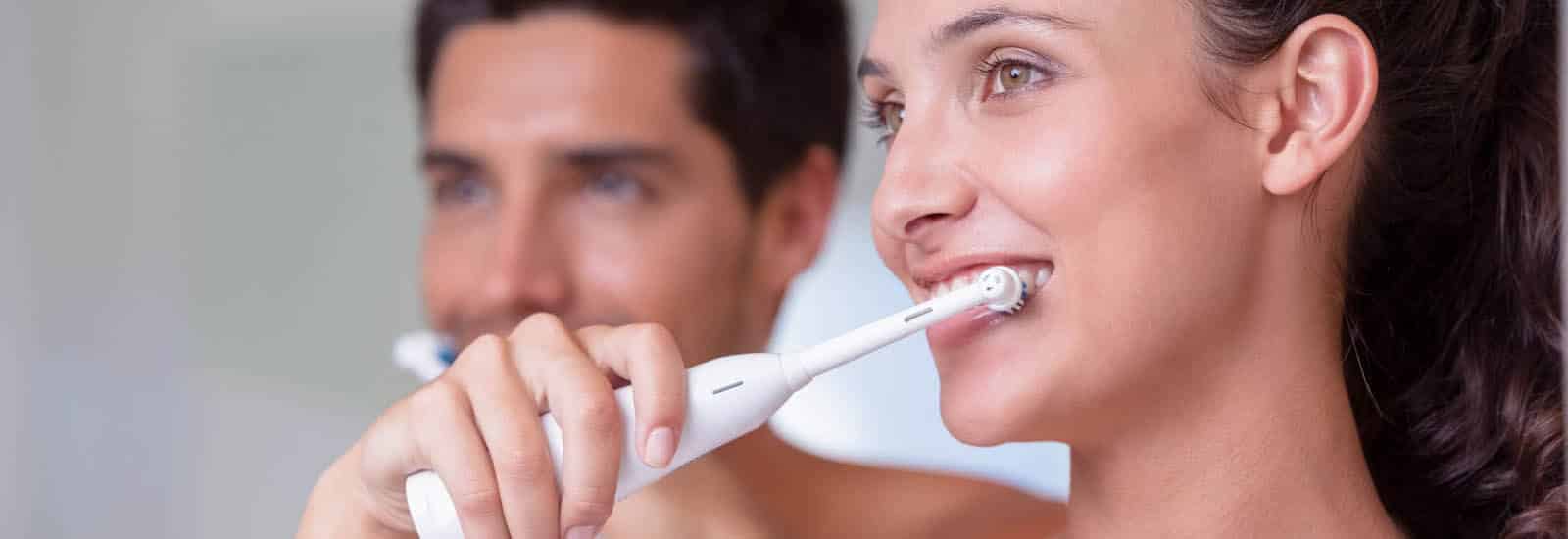
Talk to a Dentist Now!
Plaque concentrations were similar regardless persons used an electronic toothbrush or otherwise, among those with devices who had good dental health. However, if you are undergoing orthodontic treatment and find it challenging to brush your teeth, an electric toothbrush may help. According to a review of research, electronic toothbrushes reduce gingivitis and plaque more effectively than traditional toothbrushes Plaque- 21% and gingivitis- 11% was reduced after 3 months of usage. Vibratory toothbrushes seems to function better than spinning toothbrushes.
Steps of using an Electric Toothbrush
Step 1:
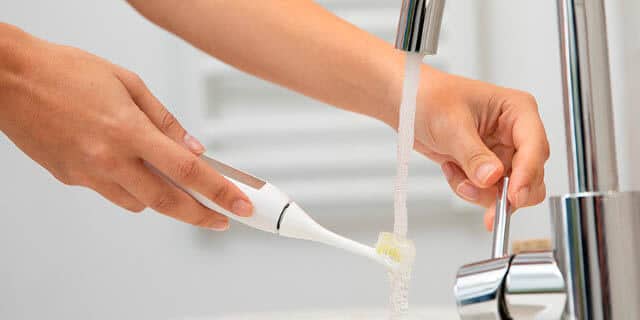
Rinse your brush with some water to get it ready. Top with a pea-sized dollop of paste.
Step 2:
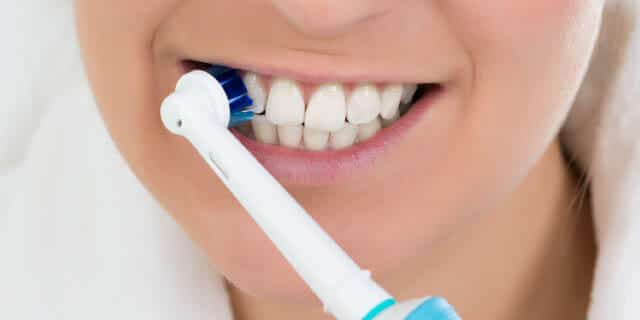
Start brushing at the backside bottom section of your teeth with your electrical brush holding the head at a 45 ° angle towards its gums.
Step 3:
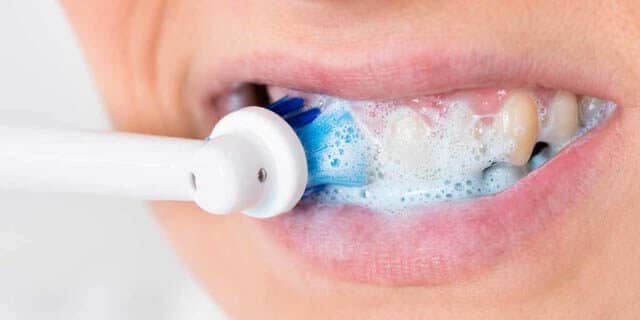
Using gentle stress brush one tooth at a time with the spinning vibration brush, cleaning every tooth.
Step 4:
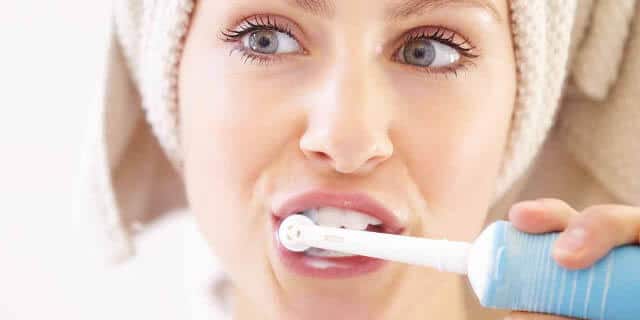
Clean and polish each tooth at a stretch as you get to the back top section of your teeth
Step 5:
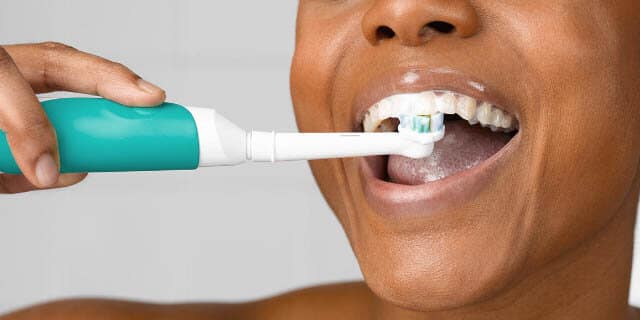
Move the electric toothbrush head gently across the length of your tongue to relax and clean it.
Step 6:

Using a clean sink, spit away the toothpaste remains, saliva, and liquid. End by swishing water around your mouth.
The bristles of an electronic toothbrush vibrate or spin to assist you eliminate plaque from your gums and teeth. When you glide your toothbrushes across your teeth, the buzzing enables for further micro-movements.
Cleaning your teeth using an electric brush head is a bit different because the brush head glides or vibrates on its own. In many circumstances, you only need to change the head of an electric toothbrush when it’s ready for a fresh one, and it might be less expensive than tossing away an entire conventional toothbrush If you’re using an one time use electric toothbrush, though, you’ll ought to switch it altogether when the time comes.
About Author

With extensive knowledge in dentistry, Dr. Manan Dhulia has experience over 9 years as a dentist. He has played varied roles in the Dental industry and keen a great interest in Implantology. Dr. Manan Dhulia is an expertise in Clinical Operations, Business development, and team management. With a brilliant personality, he drives the process flow, ground-level operations, and performance metrics for all units at Sabka Dentist.








